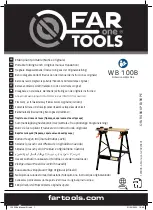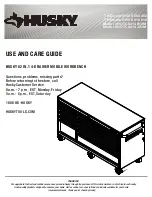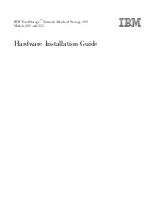
•
Number of Slots
—The number of storage slots assigned to the partition
•
Number of Mailslots
—The number of mailslots assigned to the partition
•
Barcode Label Length Rep. to Host
—The number of barcode characters reported to the host
application.
•
Barcode Label Alignment Rep. to Host
—The end of the barcode label reported to the host
application when reporting fewer than the maximum number of characters. For example, when
reporting only six characters of the barcode label
12345678
, if alignment is left, the library will report
123456
. If alignment is right, the library will report
345678
.
•
Auto Clean
—Indicates whether library-managed cleaning is enabled or disabled.
•
Key Manager Type
—The type of encryption key manager configured for use with the partition.
•
FIPS Support Mode
—Indicates whether FIPS support mode is enabled or disabled.
•
Control Path Failover
◦
Advanced
when LTO-6 advanced control path failover is enabled.
◦
LTO7+ CPF
when LTO-7+ control path failover is enabled.
◦
Disabled
when control path failover is not enabled.
◦
Unlicensed
when a control path failover license has not been added to the library.
•
Active Control Path Drive
—The tape drive that hosts the LUN for the partition.
•
LTO-7+ Multi-initiator SCSI Conflict Detection
—Indicates whether LTO-7+ Multi-Initiator SCSI
Conflict Detection is enabled or disabled.
Viewing drive status
Procedure
In the
Status > Drive Status
screen, you can see the configuration and status of each drive installed in
the library.
Drive Status configuration settings
• Drive number—Drives are numbered starting with one from the bottom of the library up. The drive
currently hosting the SCSI communication for the library is designated with
(LUN)
.
• Serial number— The serial number assigned to the tape drive by the library. This serial number is
reported to host applications.
• LTO generation
◦ LTO 6—Ultrium 6250
◦ LTO 7—Ultrium 15000
◦ LTO 8—Ultrium 30750
• Drive form factor
114
Viewing drive status
















































